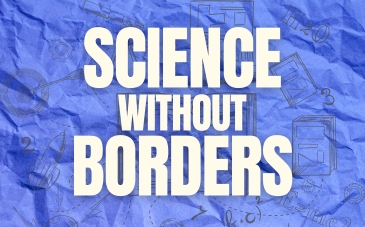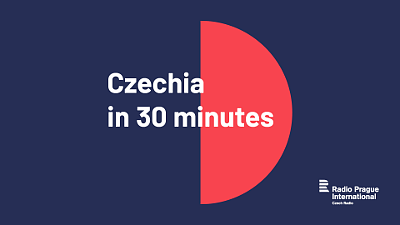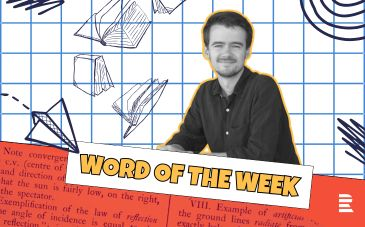Art therapy gaining ground in Czechia
Art therapy is a discipline using artistic means and creativity to support self-development, personal growth and healing. The World Festival of Therapeutic Arts, due to take place in Prague at the end of September, is expected to attract both professionals and fans from around the world.
Inattention, poor concentration or ADHD disorders are increasingly common among teenagers in today’s hectic world, just as burnout is an increasingly common diagnosis among older people. Art therapy, encompassing music, drama and creative art, offers a cure for many of these problems. Although this field of therapy is fairly new in Czechia, there is a growing interest in what it can offer.
Marie Beníčková, is generally recognized as the pioneer who opened the door for others. She has been involved in music therapy since 1993 and was the first person in the country to get a PhD in the field.
As president of the World Festival of Art Therapy, due to be held from September 26-28 in Prague, she says that that everyone will find what they are looking for.
“There will be workshops, panel discussions, lectures, and creative practice demonstrations but people can also come to the festival and say - I have such and such a problem - and be informed about what can be done about it. There will be professionals practicing various forms of art therapy from many countries including, the Czech Republic and Slovakia and they can consult the possibilities with them. So the festival is for families, individuals, students interested in this field and professionals.”
Marie Beníčková did her PhD focusing on learning disorders in children and is considered one of the country’s leading experts in the field. She says that music therapy can do a great deal to address problems such as attention deficit disorders, dyslexia or ADHD.
“We're talking about specific learning disabilities here. In my research, I've been looking at how children with auditory perception problems perform at school. Performance is reduced precisely because children have attention deficit disorders. In auditory perception, the problem occurs in the area of transmission between the ear and the brain. And I've found that auditory perception is related to a lack of body resonance...I did exercises that started to increase body resonance in these kids, and it worked. There were input and output values, classical tests, and it turned out that this form of therapy helped, it improved both concentration and speech.”
According to Marie Beníčková music therapy helps children of any age group –including toddlers who are considered to be late starting to talk.
“Music therapy has the advantage that where words don't find an input, music does. It depends on why the child is not talking. If there is a psychological problem, a lack of motivation, then we work with easy-to-use musical instruments, like bells. The child can play the instrument and the sound helps them to concentrate in a new way, to declutter the body. And that child then imitates and perceives sounds in a better way. This works for any age group.”
Despite the fact that art therapy has proved successful over and over again and there are credible medical studies to support this, like many forms of alternative treatment it still raises a lot of mistrust among the more conservative groups of the population. Marie Beníčková says there is one good reason for this.
“The mistrust can come from the fact that there are people who call themselves music therapists, they've been somewhere in the rainforest, they come back and they feel like they can do it. Sometimes we come across musicians who feel that just because they can play a musical instrument means they are therapists. But they lack proper education and experience. If there was a clear definition of who can and cannot be an art therapist, then confidence in the process and in the field would be higher.”









